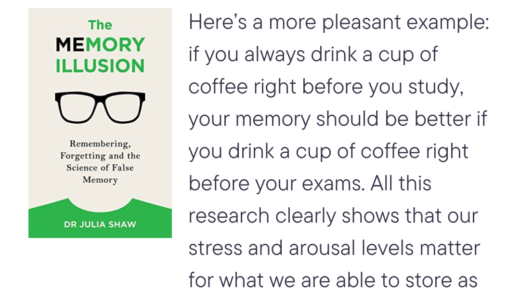As it turns out, teaching mathematical equivalence with both standard and nonstandard problems is more effective than starting out with only standard problems. In one study, researchers created two workbooks. One workbook contained only standard problems (4 + 3 = __), and one had problems with the same addends arranged in nonstandard formats (__ = 4 + 3). They then tested second-graders’ ability to answer each type of problem, standard and nonstandard, after completing each type of workbook. Not surprisingly, children who practiced nonstandard problems in their workbooks answered more nonstandard problems correctly than did children who practiced only standard problems. But children who practiced nonstandard problems also answered more standard problems correctly—twice as many, in fact. And this difference was observed even six months later. Both groups of children solved the same problems content-wise, but subtle differences in the formatting of these problems led to large and reliable differences in how much children learned from them. The point of this study, as well as the chicken-sexing study, is not just that some study materials are better than others. It’s that effective instruction requires an in-depth analysis of what concepts need to be learned and how those concepts are best conveyed.
Interesting last excerpt I’ll be sharing from this book. Like how we can vary problems and questions to our own children for their own learning, we can always craft our own nonstandard problems to help understand things better. Sometimes, running through concepts in our head and framing questions of the things we’ve learned can help us develop a better understanding of what we’ve read.



